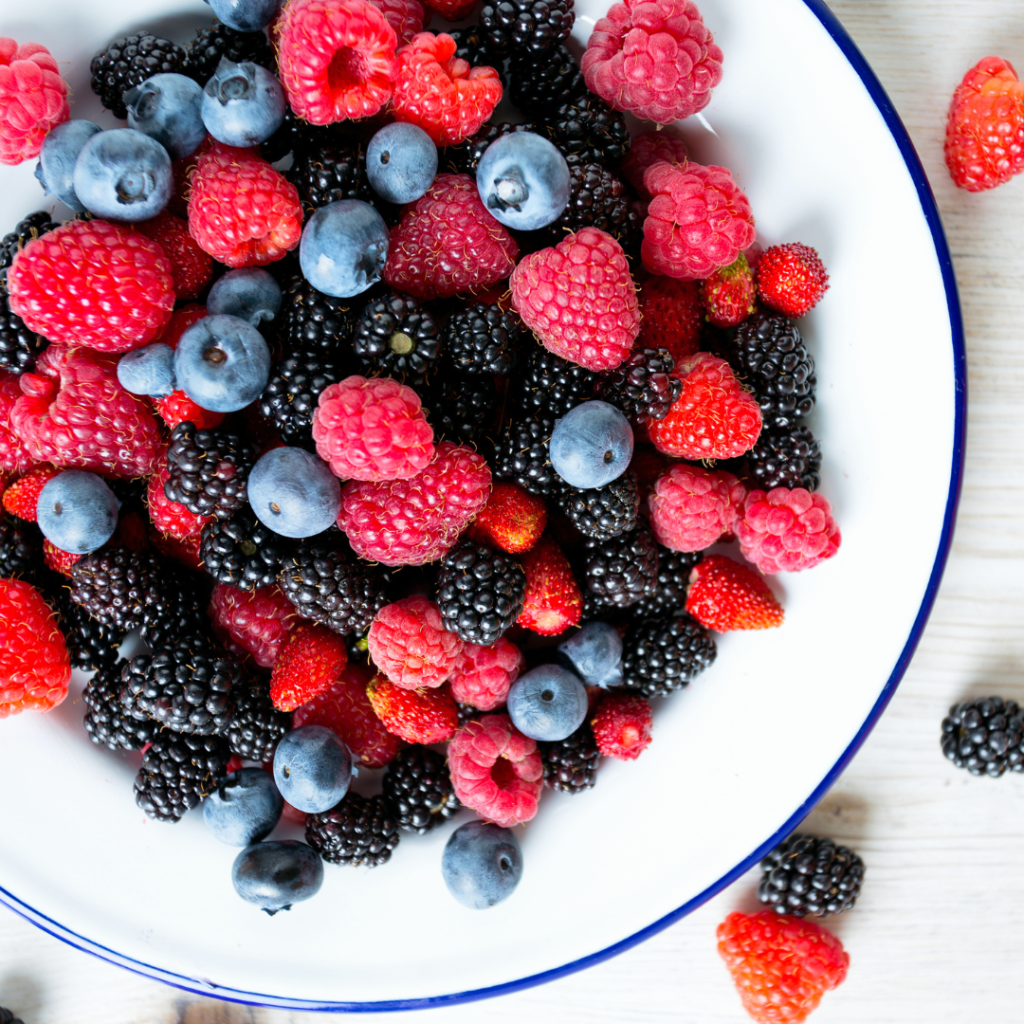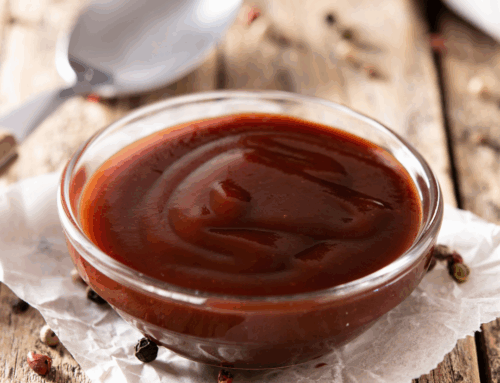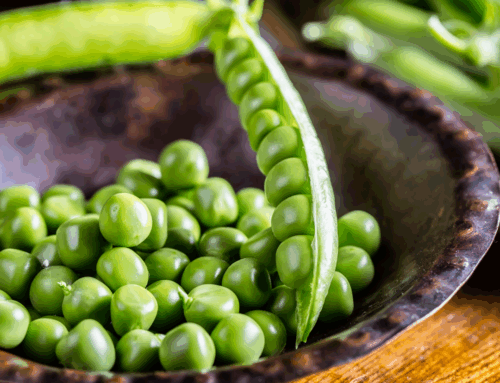
Ah, the berries of summer. I’ve always thought the appearance of local (and semi-local – thank goodness for B.C.) strawberries, raspberries and blueberries is what really heralds the advent of summer. We’ve whetted our appetites with the first hardy rhubarb and now we want more. (In case you were wondering why we so often see strawberries and rhubarb hand in hand, the one closely follows the other.)
In my opinion, we’ve become too accustomed to out-of-season produce. Berries, and much else, are coming from as far afield as the southern hemisphere where their summer is our winter. Do we really need fresh strawberries and blueberries in January, and from Chile, no less? Freeze and preserve for that winter treat. By buying (or picking) local seasonal fruit, you’re assured of the best quality, flavour and price. Factor in the various costs of transporting produce over such long distances and you have a more-than-compelling argument for eating as seasonally and locally as possible.
Most berry recipes, for one type or another, are pretty much interchangeable. Several types of berries can easily be combined too. In season, I make a variation of a mixed-berry-and-fruit sauce to have on hand for everything from simple morning yogurt to swanky dessert topping. It’s an excellent way to avoid throwing out slightly overripe or mushy berries. A few strawberries here and a handful of raspberries and blueberries there, all can be kept in reserve in the freezer until you’ve compiled enough to make sauce. Throw that slightly sad stalk (or two) of rhubarb in as well.
I generally don’t fuss or measure, it isn’t an exact science. Start with maybe 500-750 ml (2-3 cups) of fruit in a saucepan, add enough fruit juice (orange is my go-to) to keep it from sticking and, if required, gradually sweeten to taste. Cook it all down over medium heat until the sugar dissolves and the fruit breaks down becoming a little jammy. There’s nothing stopping you from adding a squeeze (and zest) of lemon, a piece of cinnamon bark or a splash of orange liqueur.
Strawberries, blueberries and raspberries are hardy and grow well in this climate. That means, if you have the room and the inclination, you could have your very own little crop of berries. For the rest of us, the usual suspects are easy to find in markets and grocery stores. Which brings us to hascaps. These wonderful berries haven’t found their way into the markets quite yet but are super hardy and taste great. Anywhere you would use blueberries, hascaps stand in beautifully. If you’re thinking of planting two or three nice little shrubs (familiarize yourself with the world of pollination before planting), consider this oddly shaped little berry. And if you don’t eat them the birds will, so nothing is wasted.
A perennial favourite is shortcake, and a mention always bears repeating. A perfect strawberry shortcake is a joy forever, but it’s worth pointing out how well a mixture of berries works with scones. This is another recipe that relies on technique or procedure more than exact measurements.
Key points are as follows: a tender cake-like texture and buttery flavour are essential, so use the best scones you can find or make; only use the freshest, tastiest berries, especially where strawberries are concerned; slightly crush about half the berries and combine with the rest so the juice will sink into the split biscuit; taste the berries and determine if any additional sugar is required; always serve with whipped cream. Maybe add more sugar in the berries. Or a little something-something in the whipped cream. Ginger, maybe, in the scones? All are considerations and decisions you can make based on what pleases you.
Settle into the weekend with Ellen’s Fresh Berry Sangria.









Leave A Comment